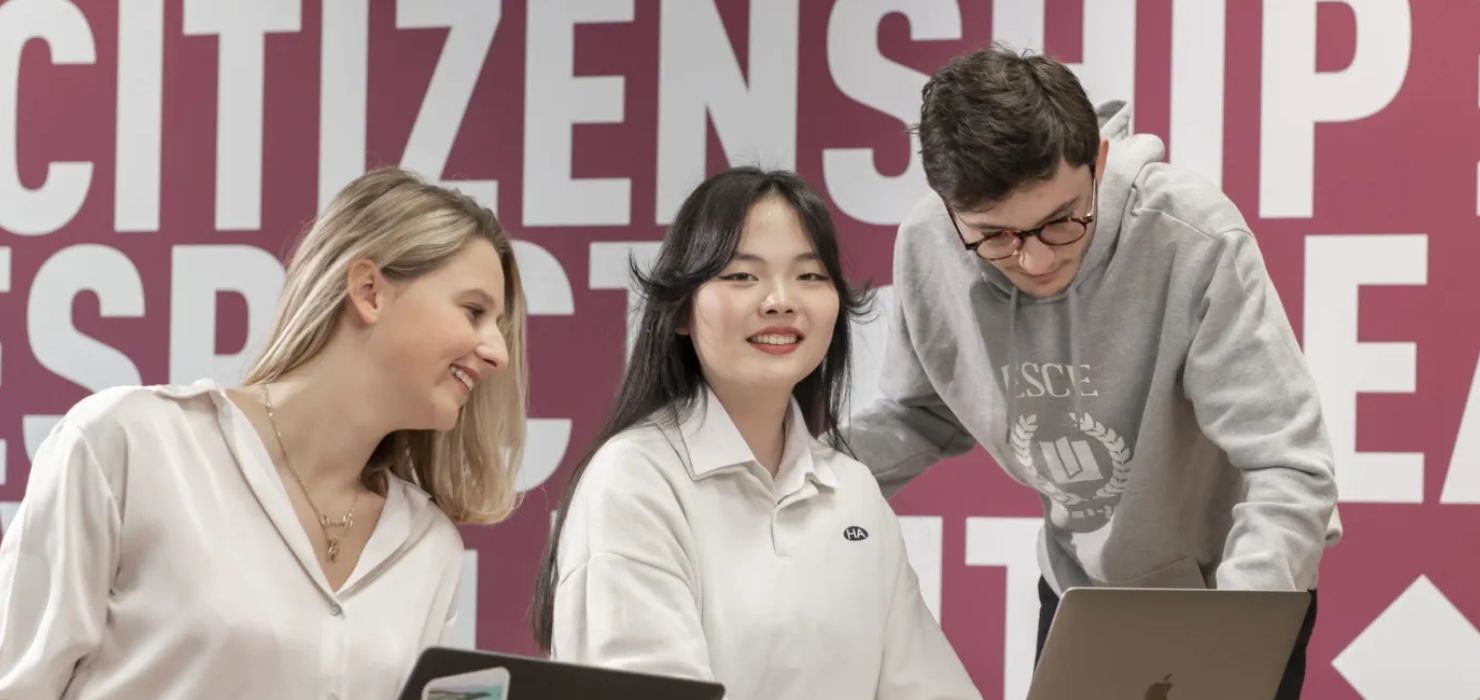The success of a child’s education depends on the approach used from an early age. To guarantee better learning, Maria Montessori developed the Montessori Method. The latter has been a great success in recent years, both in elementary school and in higher education establishments.
In summary:
- Montessori pedagogy aims for natural, spontaneous learning.
- This approach promotes emotional stability and autonomy, boosting self-confidence and concentration.
- Strengths include a nurturing environment, encouraged creativity, a guiding teaching posture and error control.
- Adapted to higher education, it encourages curiosity, experimentation and integration, reducing stress and offering individualized support from trainers.
What is Montessori pedagogy?
Montessori is an educational method distinguished by its child-centered approach. It encourages natural, spontaneous learning. Unlike traditional practices, it emphasizes the child’s innate curiosity.
This system encourages autonomy in the learning process. Also known as open education, it values the freedom to learn. For our youngest customers, this means sensory, practical and language activities. These are designed to develop both cognitive and motor skills.
What are the principles of Montessori pedagogy?
Founded on solid philosophical and scientific foundations, the Montessori method includes several educational principles:
- A focus on needs: recognizing the child as an individual in his or her own right. It’s important to take care of your child’s needs in the same way as an adult. He is the primary actor in his own development;
- Recognition of sensitive periods: this is the phase of development during which the child shows particular interest in certain activities. It includes sensitivity to coordination, precision, language and movement. At this stage, the child is more receptive and easily assimilates skills;
- Adjusting activities: materials and equipment must be adapted to the child’s rhythm. They must correspond to personal needs to ensure better assimilation. This encourages learning and commitment. Offering adapted activities helps maintain motivation;
- Valuing sensory experience: the Montessori method is based on the use of the different senses, such as hearing, sight, taste, touch and smell. This complements verbal learning and enables interactive teaching.
Why adopt Montessori teaching methods?
Montessori pedagogy brings emotional stability and serenity thanks to the secure environment it offers. Calm and order create a soothing environment, reducing stress.
This method also emphasizes autonomy, which encourages responsibility. This helps build self-confidence. What’s more, it boosts concentration through stimulating and attractive activities.
What are the strengths of Montessori pedagogy?
The Montessori pedagogical approach has several strong points to remember, including:
- autonomy and individualization: the Montessori method encourages independence from an early age. It gives you the freedom to choose activities according to your interests and level of development. This fosters a sense of responsibility;
- a nurturing environment: this means creating a place that is conducive to personal fulfillment. The latter must be organized and secured to enable the child to move around freely. This pedagogy recommends creating an environment conducive to the child’s well-being;
- encouraging creativity: workshops and various projects help to express the imagination. Artistic activities are part of the foundation of this education system;
- the teacher’s posture: trainers play an essential role as guides. They need to understand each child’s needs in order to propose appropriate activities. They provide guidance and support while leaving room for autonomy;
- error control: this methodology encourages children to experiment with materials and equipment. This allows them to discover mistakes and correct them as they go along.
Montessori pedagogy in higher education: what’s the point?
The Montessori pedagogy has been adapted for use in higher education, to offer courses that meet the needs of students.
This innovative approach offers a unique experience and guarantees effective learning. It helps develop young people’s curiosity in their fields of study. It also enables them to discover the professional world for themselves. This technique encourages you to take initiative and seize opportunities, such as studying abroad.
Graduate schools offer a place where creativity and experimentation can flourish. The layout of the rooms allows for interaction and exchange between students and instructors.
They also set up common spaces to ensure integration. The environment is conducive to calm, to avoid the stress associated with higher education. This helps reduce the pressures young people face.
Trainers take on the role of guide and companion. They are at students’ disposal to provide advice or corrections to optimize their intellectual capacities. They help them set up projects while respecting their independence. They adopt a benevolent attitude and adapt to the students’ rhythms to give them time to progress.





